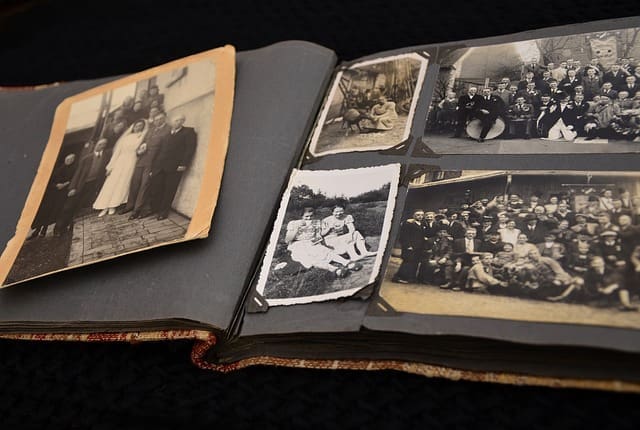A person’s birth certificate can provide valuable clues in tracing an ancestral family tree. They can give you information about the child’s name, parents, and birthplace. Gather all your family information, including photos, diaries, and documents. Make a pedigree chart to help you organize your research. Determine when your ancestor’s town started keeping records, then search for the original document.
Online Birth Records
Official birth, marriage, and death records (vital records) are fundamental sources for family historians. They contain essential clues about relationships, names, dates, and locations. Yet many genealogists find it challenging to document the earliest branches of their families with these crucial documents. Fortunately, new tools and strategies can help.
Before states required them, families often documented their ancestors’ births with substitute documentation such as baptismal certificates, affidavits of relatives, newspaper birth announcements and obituaries, school records, and even insurance papers. These sources can also substitute for missing birth certificates that may have been lost, destroyed, or otherwise obscured over the years. Once a researcher has an estimated date of birth records online, they can search state and local archives for vital records. A good starting point is a county’s office of critical Statistics or the state Department of Health.
Online Death Records
A death certificate can also reveal a wealth of family information. This includes the name of the deceased person’s spouse (and maiden name, if applicable), parent’s names and birthplaces, relatives listed by relationship, place of death, occupation, and other details that can be important clues for future research.
Sometimes, death records can help you connect the dots in long gaps between births. For example, if you know your ancestor died in Washington state but was born in another place, you can look for records in that city to find their birth date. This can help you fill in the blanks of their birth story and create a more complete picture of your family’s history.
If the person died in an army military hospital, you can often discover their rank and regiment and use this as a starting point for further research in service records. And, if they were buried in a cemetery, you can search for related burial records. There are many resources available online to find and download civil death records. The website offers a comprehensive collection of death records dating back to 1837. The site has even been named one of the best places to find genealogy resources.
Online Marriage Records

When researching your family tree, you must connect and document the generations to form a solid foundation. You’ll want to start with yourself and your parents, then work backward to your grandparents and great-grandparents. Building your tree will involve many records, such as birth, death, and marriage.
Marriage records are crucial for connecting and verifying your ancestors’ relationships, identifying siblings, locating parents and relatives, and pointing to new avenues for research. Like birth and death records, marriages were often recorded in civil and church settings and have been documented in various ways.
In addition to official marriage records, you’ll want to examine family bibles, personal histories, obituaries, and family scrapbooks. Some genealogy societies have compiled genealogies online that can also be valuable resources. It’s important to note that, unlike birth and death records, most states did not require local governments to report marriages until the early 1900s. Some state collections are vast, while others have more sparse marriage records. The marriage records by online page summary can help you find the best collection for your state. The Census will also be a helpful resource in discovering which jurisdictions to pursue marriage records, as it may list an ancestor’s name and state of origin. Until 1865, married women were not required to change their maiden names, so finding her previous legal name is also essential.
Online Cemetery Records
Many people use cemetery records to fill in gaps in their family tree research. Because birth, marriage, and death certificates aren’t always available for every person on a family tree, locating cemetery records can be essential to building a complete family tree. The information gathered from a person’s headstone can include first, middle, and last names and spouses and maiden names. This can help researchers distinguish between relatives with similar names. It can also reveal information related to other family members, such as children and siblings, giving researchers additional terms to follow on their genealogical journey.
Large public cemeteries have sexton’s records that are maintained and can be accessed online. These records can help you find the gravesite of your ancestor. These records may include the burial date, the grave’s location, and other essential details. They can also help identify family members buried in clusters of graves. Subscription genealogy websites have several transcribed cemetery records. Some website also connects with BillionGraves, which holds a worldwide database of transcribed memorial inscriptions. Several individual cemetery websites offer search tools for their databases.
Featured Image by JamesDeMers from Pixabay




